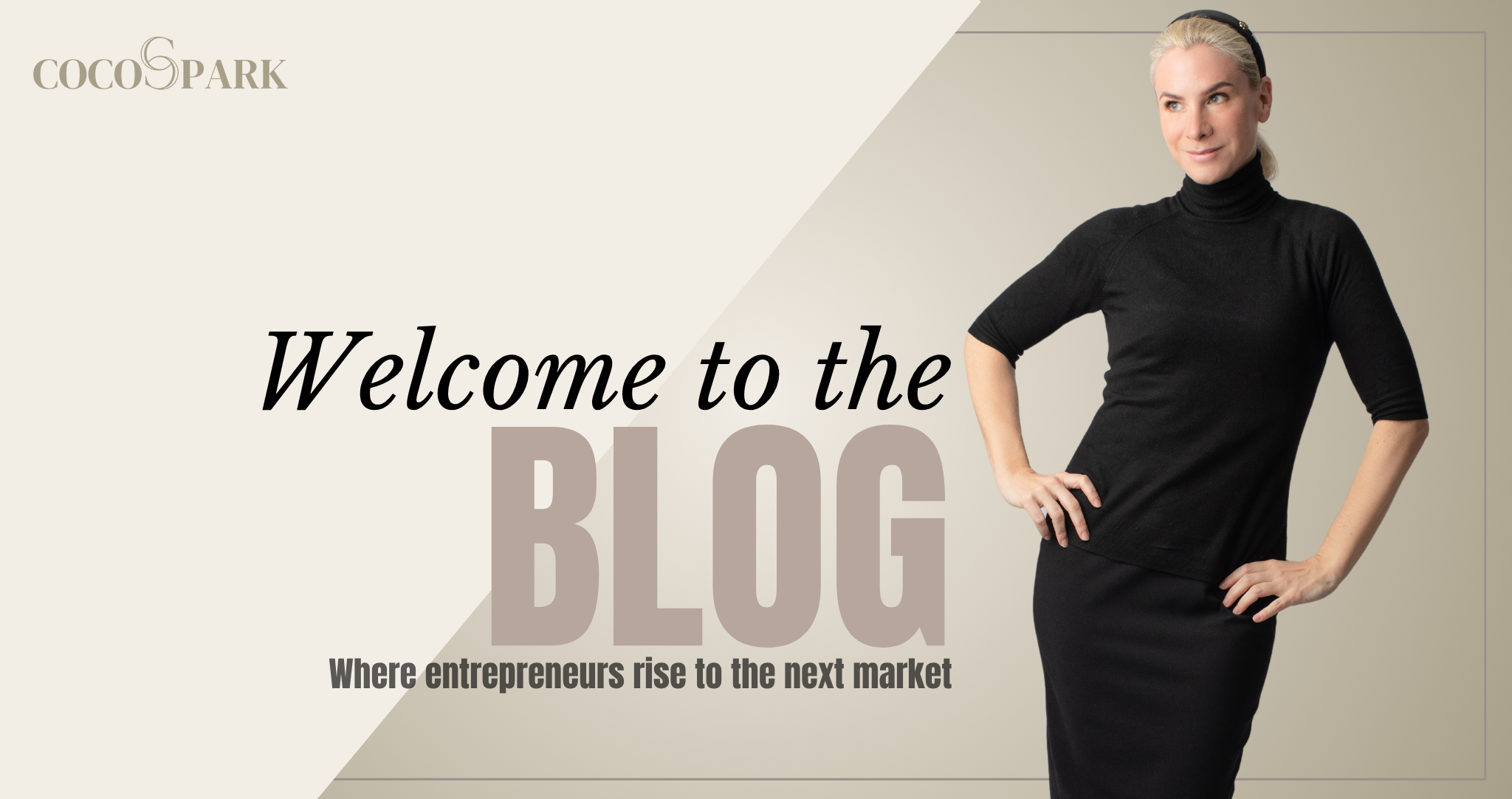
“Can I get a discount?” What it really means and what it reveals about your brand
September 3, 2025
The uncomfortable truth behind the discount request
Every entrepreneur has faced this moment at some point, the moment when you announce your price with confidence, sure of the value you bring, and the client pauses, looks at you with a polite smile, and asks the dreaded question: “Do you offer a discount?” It feels like a small dagger to your positioning, a test of your confidence, and most of the time we either freeze, defend ourselves, or blame the client. The reality, however, is that this question is not about the number you just mentioned but about the perception the client has of it. There is a gap between what they felt and what you announced, and that gap is the only reason they dared to ask.
Price is not just a number, it is a signal
In premium positioning, the price you state is not an isolated figure, it is a statement of who you are and of the universe you are inviting people into. If your communication, your visuals, your process, or your client experience do not fully align with that number, the dissonance makes your price feel negotiable. Science proves this repeatedly. At Stanford University, researchers demonstrated that participants who drank the same wine rated the “more expensive” one as better, even though both glasses contained the same wine, because their brain responded to the expectation created by the price. Similarly, Cornell University showed that hotel guests who paid more for the exact same room rated their stay more positively than those who paid less, because the higher price shaped their entire experience.
Stop blaming the client and start asking the right question
The easiest reaction is to think that the client does not have the budget or is simply cheap, but that is only a way to protect your ego. The harder but much more productive question is to ask yourself why your brand created the impression that your price was negotiable. Did your messaging highlight features instead of transformation? Did your onboarding feel casual when your price aimed at exclusivity? Did your offer sound like every other provider’s package even though you charged three times more? If the answer to any of these questions is yes, then the negotiation request is not the client’s fault but yours.
What to do when it happens
The first step is to pause and treat the request as data rather than drama. It is not an insult but feedback, showing you where your perceived value is not anchored strongly enough. The second step is to redirect the conversation from the transaction to the transformation. Clients at this level are not buying your hours or your tools, they are buying the result, the status, the confidence, and the elevation your work creates for them. The more you make them feel the transformation, the less they will think about the number. The third step is to make your price feel inevitable. When your offer is structured with scarcity, exclusivity, and authority, the price becomes a natural part of the experience, not a surprise that needs defending.
Why discounts destroy premium positioning
The worst thing you can do is give in. Every time you accept a discount, you are teaching your audience that your value is flexible and that your authority can be negotiated. You position yourself as someone who can be pushed, and that single act can weaken months or even years of premium positioning. If you want accessibility, create a smaller offer with a smaller promise, but never discount your core offer, because your core is what defines your brand identity.
The bottom line
When someone asks you for a discount, it is not rejection and it is not an insult. It is a mirror showing you that your value was not fully communicated. If your brand is clear, consistent, and confident, people will not ask for discounts. They will ask if you are available, how quickly they can start, and what it takes to secure their place. That is the ultimate sign of aligned perceived value.
LET'S BE IN TOUCH!
feel free to contact maddy to DISCUSS, TALK ABOUT YOUR PROJECT AND YOUR NEEDS!
CONTACT MADDY
Leave a Reply Cancel reply
Thanks, You'll be added to our newsletter
fOLLOW MADDY ON INSTAGRAM @MADDY.CHRISTINA.PHOTO
MADDYCHRISTINA
WEDDING PHOTOGRAPHER
fRANCE- middle east - iTALY
PLEASE COMMENT BELOW